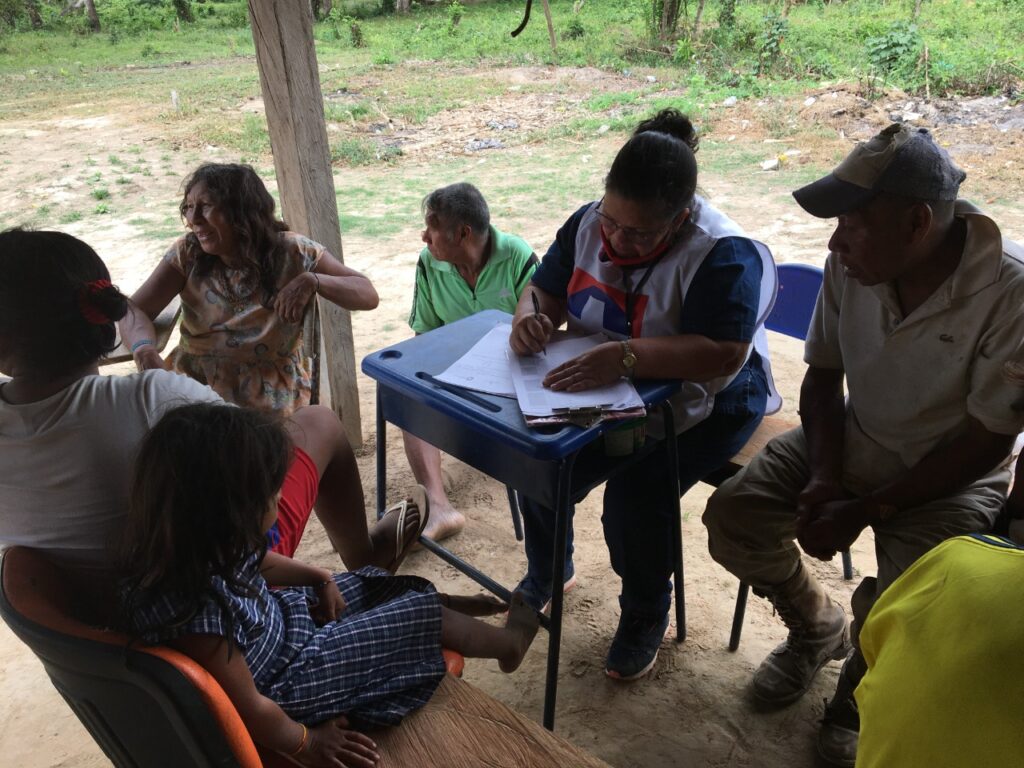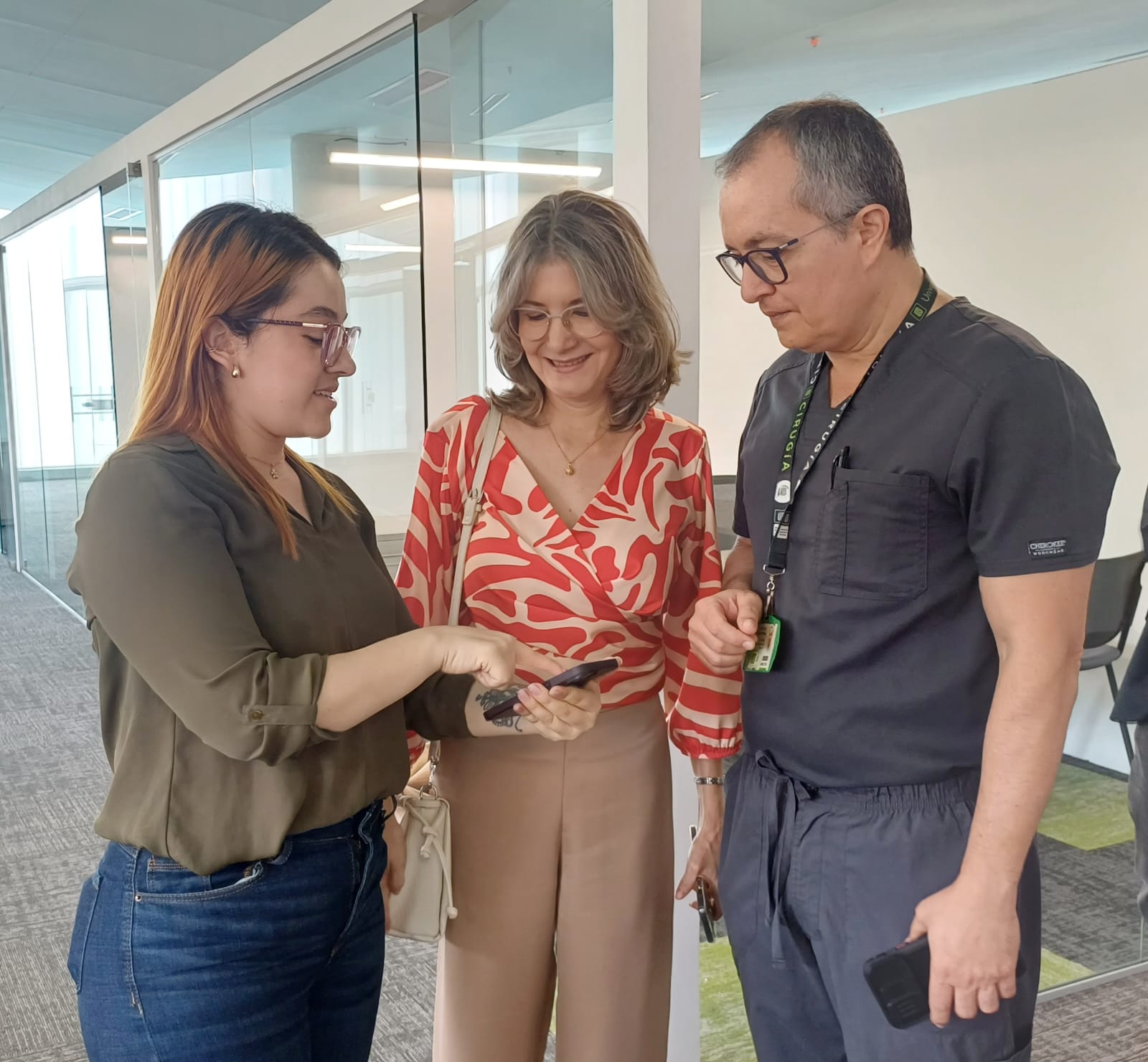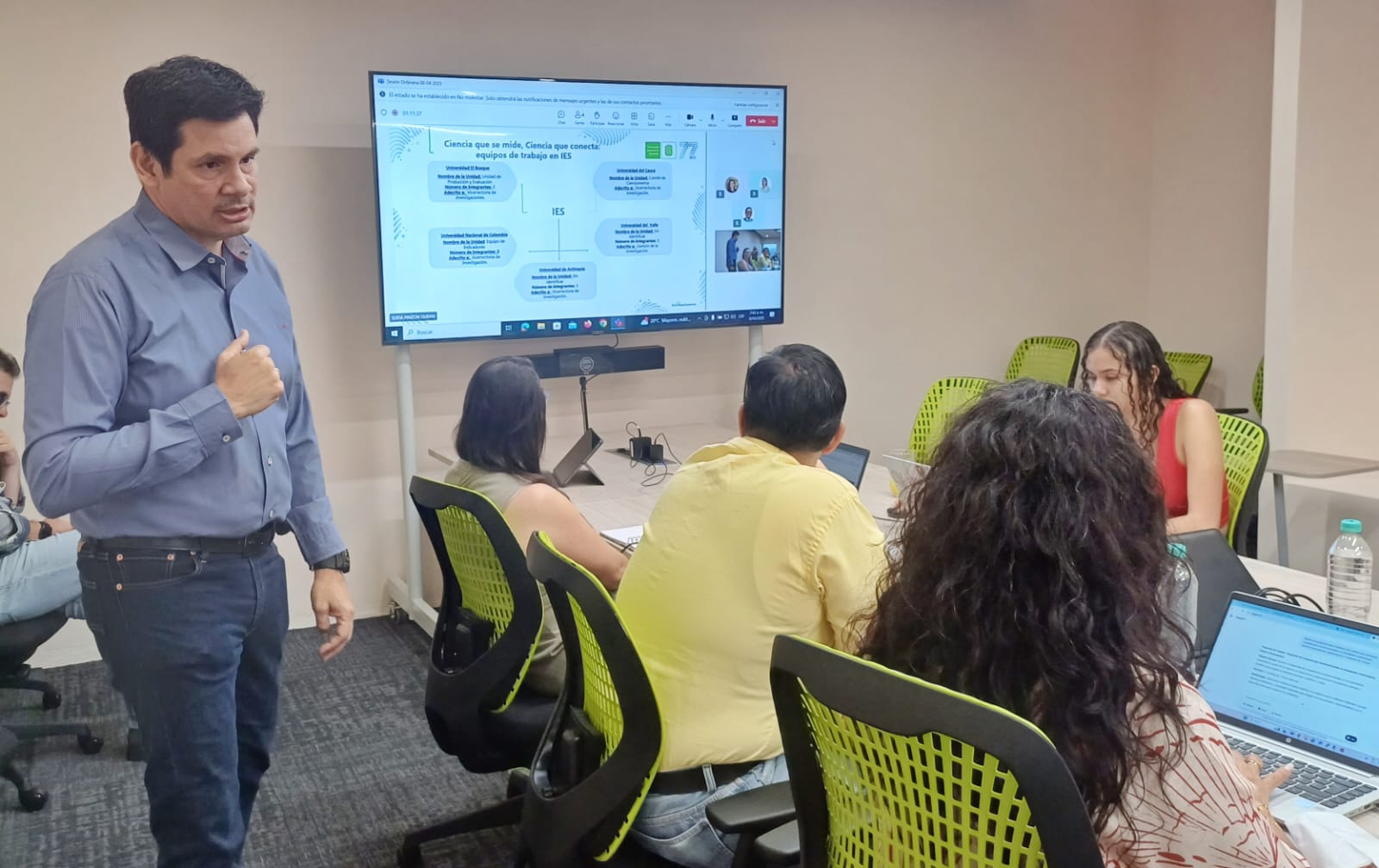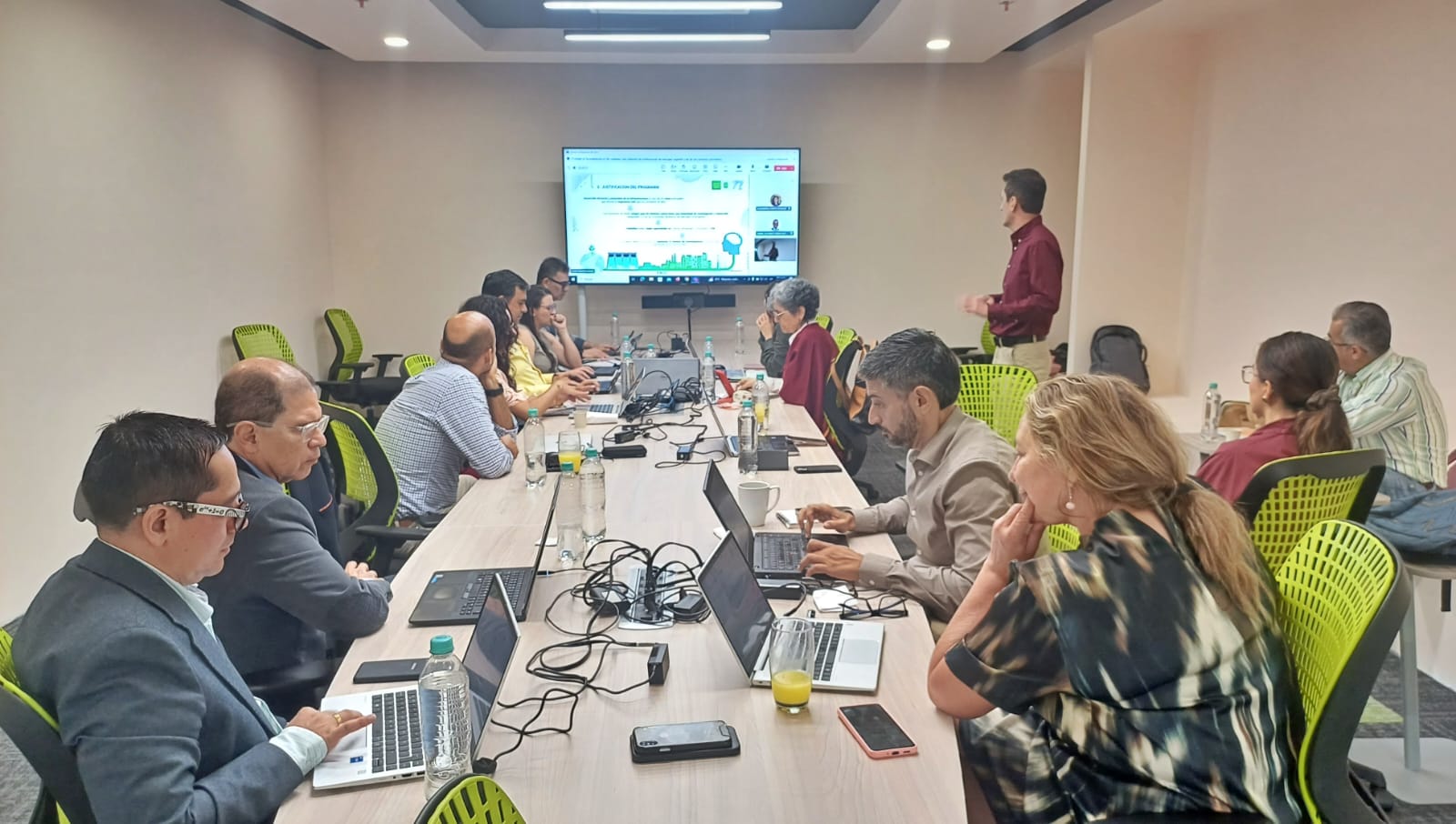
Oil exploitation and hunger could be influencing a possible threat of extinction of the “Hitnüs” indigenous community living in the department of Arauca, according to a study carried out by researchers of the Universidad Industrial de Santander (UIS).
These people live in precarious sanitary conditions, with food insecurity and are victims of socio-political violence in that department.
“The research asked us to establish a cause-effect relationship on the exposure to hydrocarbons for approximately a year and a half,” said Professor Javier Idrovo, PhD. in Epidemiology and professor of the Department of Public Health of the UIS.
For this purpose, the 658 indigenous people were divided into two groups and urine samples were taken to detect hydroxypyrene, a biomarker that indicates exposure to hydrocarbons.
Professor Idrovo reported that this is the first time this technique has been used in the country. In turn, the person in charge of analyzing the samples was the renowned scientist Elena Stashenko, professor and researcher at the UIS.
The results of the urine samples showed the presence of hydroxypyrene. Meanwhile, blood samples sought to determine DNA damage. Cellular lesions identified the risk of cancer, especially in the gastrointestinal tract. The investigations confirmed that the community was indeed exposed to hydrocarbon exploitation.
Another of the problems identified was the forced sedentary lifestyle of these indigenous people, who are hunting and planting less and less. It was also determined that they have increased the consumption of ethanol-based palm wine and this could be influencing the cellular lesions of the indigenous people.
Claudia Amaya is the principal investigator of the project and is also a professor in the Department of Public Health. She was accompanied by Carolina Rivero, Wilman David Salguedo and Álvaro Javier Idrovo, as well as Edgar Ricardo Oviedo and Isabel Cristina Rodríguez, professors of the School of Civil Engineering; Jorge Pinto (QEPD), professor of the School of Geology; Elena Stashenko, professor of the School of Chemistry, with the support of the Clinical Laboratory of the UIS and researchers of the Universidad del Sinú and the Fundación Santa Fe de Bogotá.
The results of the study were published in the international journal of Environmental Research and Public Health, and in the Biomedical Journal of the National Institute of Health (INS).
For those who wish to read the full research, please consult the following links: https: //revistabiomedica.org/index.php/biomedica/article/view/6591 and https://www.mdpi.com/1660-4601/19/18/11189.





